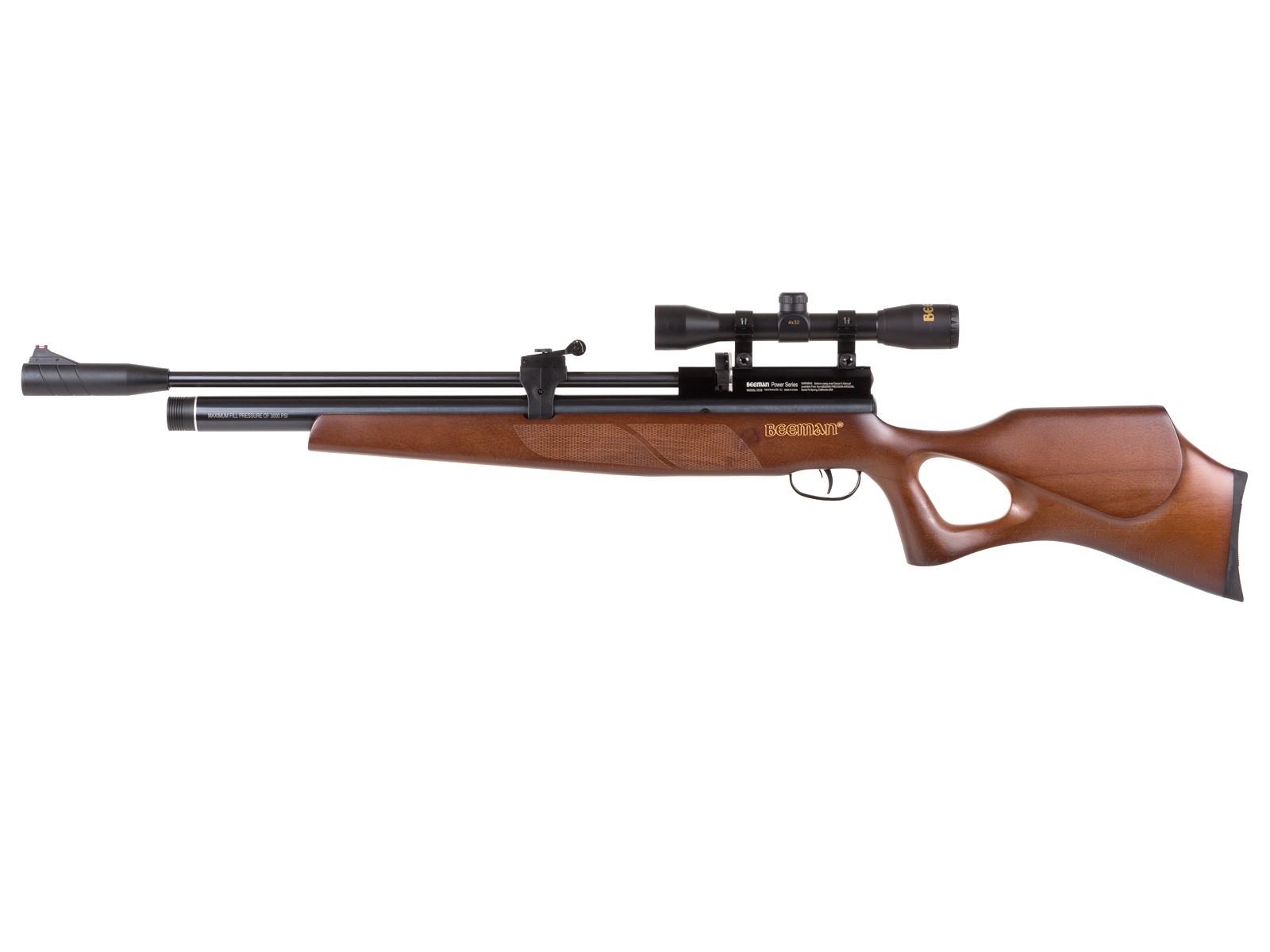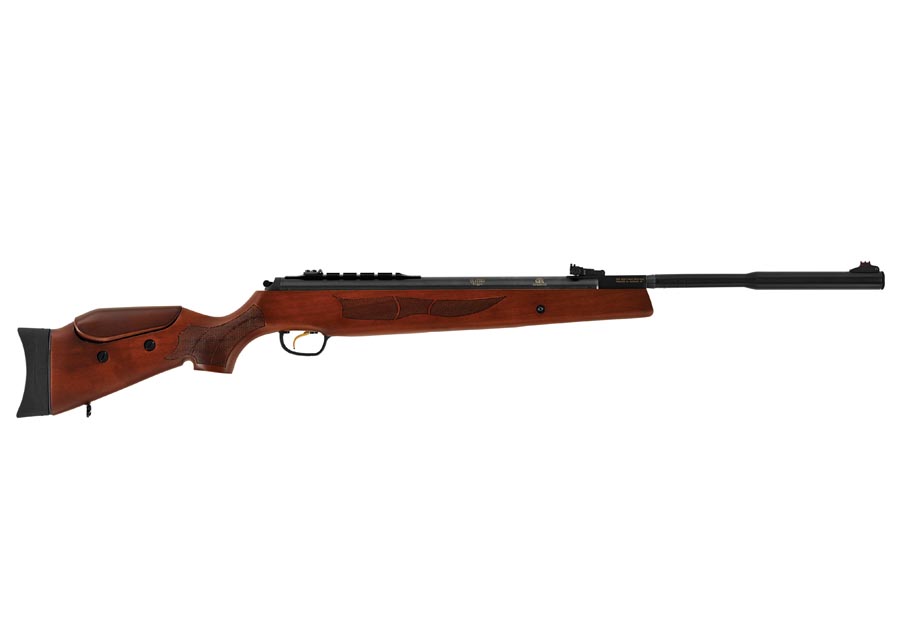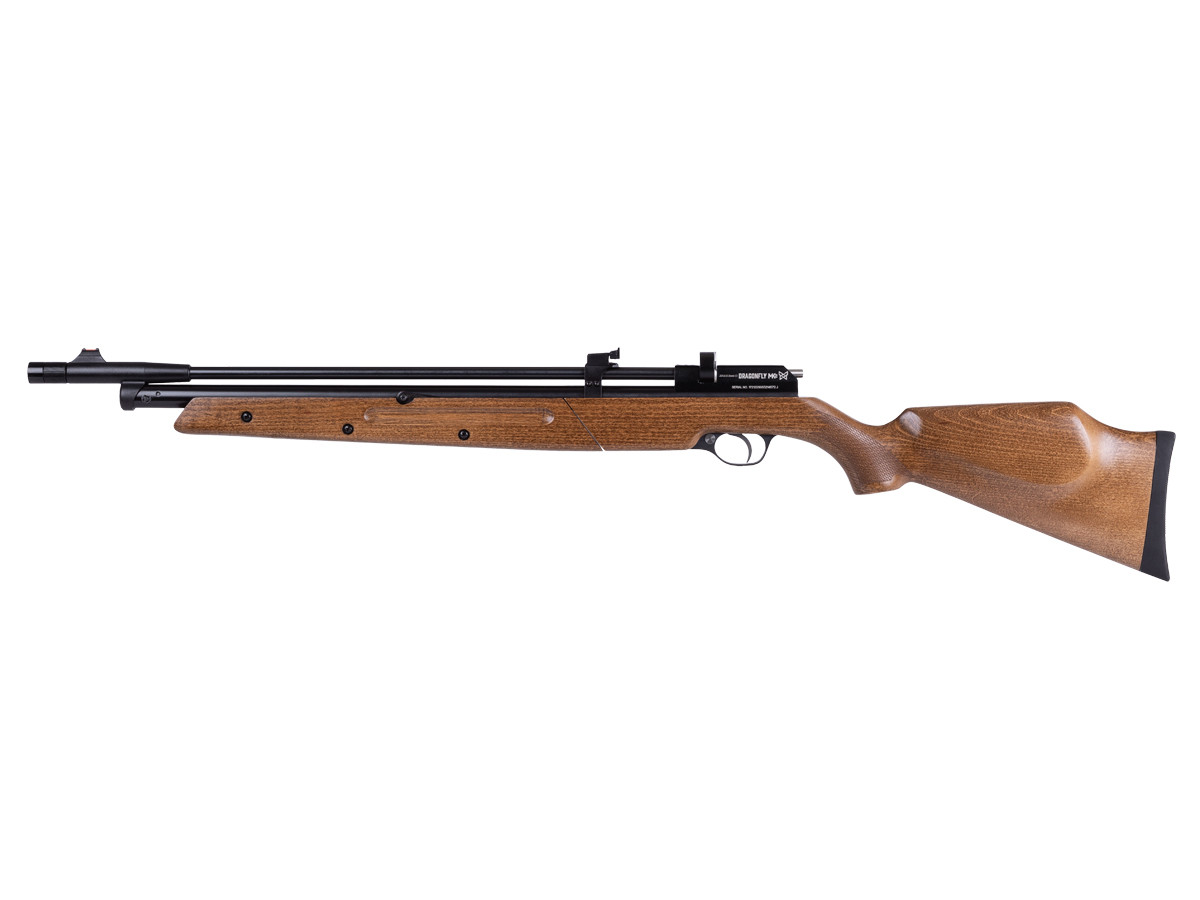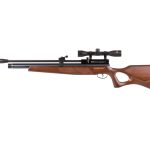What makes an airgun a “survival airgun.” It’s a pretty good question considering so many folks are buying them for an SHTF option. Whether you are a full blown prepper or someone who just wants always to have the option to get in some trigger time, it’s important to know what’s going to “survive” as a survival airgun.
Longevity
It’s not power or long range accuracy that makes something a survival airgun. Rather, it’s the ability for an airgun to survive for the long term. Longevity is really the key. But what makes an airgun last? Is it the initial build quality, parts availability, or some combination of both?
It’s really both. Well-built airguns are going to last longer in general. But if you can’t get parts for them, it won’t really matter how well they were built originally or how much they cost up front. When they stop working, it’s all over. Subsequently, you may have a full-on budget airgun that’s prone to need regular maintenance, but if you have access to parts, you can keep it going indefinitely. In our opinion, the most important key to a survival airgun is not whether or not it will ever break. But rather, can we get parts for it when it does?
Simplicity
There are airguns that have every bell and whistle combined with infinite adjustability, featuring exceptional accuracy and performance. But, none of those features by themselves mean the airgun is going to be good as a survival airgun. Most of the time, the more features and knobs an airgun has, the less reliable it can be. A survival airgun needs to be simple with as few moving parts as necessary. Not only does this help with maintenance, but also in general operation. When there are fewer moving parts, there are fewer parts to break.
We know that regulated airguns are all the rage, and for good reason. They make airguns more accurate because they deliver similar volume and pressure for each shot. But they are also known for failure over time. Getting parts to repair or replace a regulator is significantly different than swapping a few o-rings in an unregulated gun.
Consumables
When most folks think “survival airgun” they think big bore PCP. While this may work, how exactly are you going to fill that airgun when the zombie apocalypse finally hits? If there’s no power and once your 12V battery is toast, what do you do? Do you resort to a hand pump? That may work really well on a Beeman Commander with a smaller 3000 PSI air cylinder, but what about all the 4500 PSI CF bottle guns? Have you actually tried to hand pump one of those from empty? And what do you do when your hand pump wears out? Everything we use in the airgun world utilizes consumable parts. A true survival airgun not only features longevity and simplicity, but also seeks to limit use of consumable, possibly hard to source parts.
Back to basics
Some of the best options for survival airguns, specifically for small to medium game hunting and pesting, are not high end, powerful PCPs, but rather quality break barrels, pump pneumatic airguns, and entry level and easy to work on PCPs. Airguns like the .30 cal Hatsan Mod 135 not only deliver big energy on target, but incorporate the Vortex Air Piston that, on last check, can actually be rebuilt if needed. Other options, like traditional metal spring guns with available parts, also come to mind. Guns like the Diana 34, 350, and 460 Air Magnum, Air Arms TX200, Pro Sport, and the entire Weihrauch line, while expensive, have featured decades of robust support for parts, not only directly from the manufacturers but also through 3rd parties like Vortek Products.
And let’s not rule out multi-pump pneumatics. Long before PCPs and powerful springers were the norm, people used airguns like the Sheridan Silver Streak and other multi-pump pneumatics to hunt small game and take out pests. Today we have airguns like the Seneca Dragonfly MK II that carry on the legacy of high powered, well built, multi-pump airguns. Hopefully, like the Beeman and Sheridan airguns of old, Seneca will support the new MK II Dragonfly with parts and support.
That’s a wrap.
So when it comes right down to it, survival airguns need to be able to survive. Survive years sitting in the closet if and when needed, and survive use when no other options exist. For those of you who are looking to invest in a survival airgun, be sure to not only find the gun that fits your needs but also stock up on the consumables that you’ll need to keep it running. And if you have any questions along the way, please give us a call, and we’ll be happy to help.



